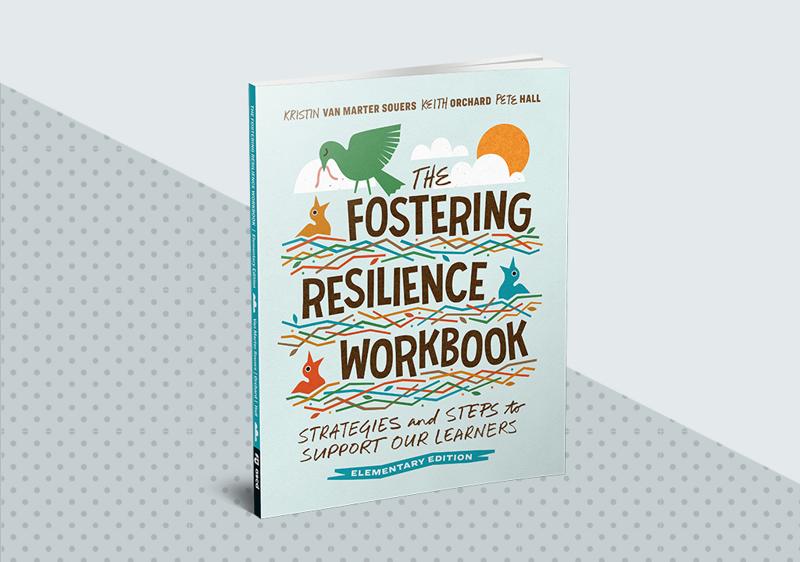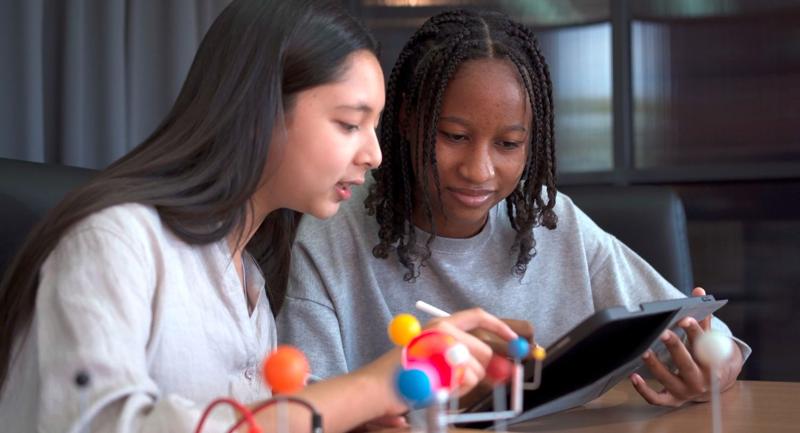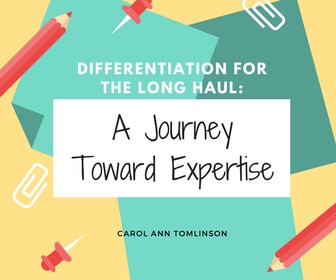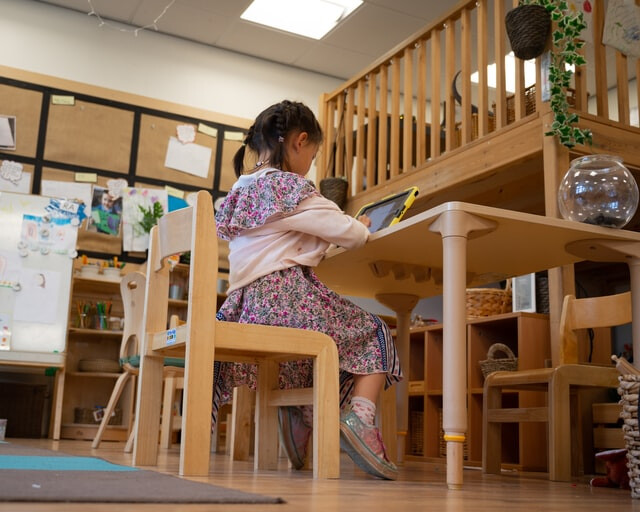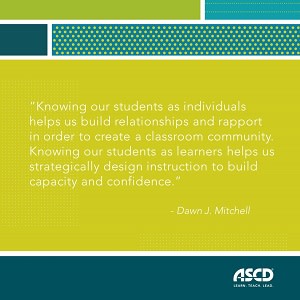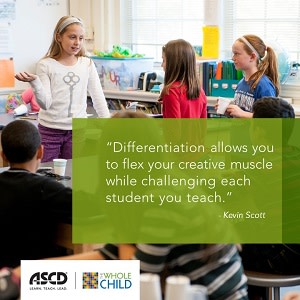Strong student-teacher relationships aren’t built by accident—they emerge from consistent, intentional efforts to make students feel seen, safe, and valued. In The Fostering Resilience Workbook: Strategies and Steps to Support Our Learners, Elementary Edition (ASCD, 2025), Kristin Van Marter Souers, Keith Orchard, and Pete Hall detail a trauma-informed approach to teaching that centers student support, connection, and well-being as the foundation for learning. This excerpt highlights 10 relationship-building strategies educators can use daily to build belonging in their classrooms.
Top 10 Relationship-Building Strategies
In our work, we’ve seen a lot of great teachers, counselors, administrators, office staff, cafeteria workers, bus drivers, and others build some amazing connections with students. How do they do it? The following are the most prevalent and successful approaches we’ve noted, organized as a top 10 list.
1. Say my name, say my name.
The first step in making students feel seen, heard, and valued is to know their name. Use their names, pronounce them accurately, and insist that students call one another by name, too. This is a foundational step in building a school culture where kindness, connection, and respect are at the heart.
2. Ask for the story of their names.
Have each student share their name and whatever they know about why they were given that name (first, middle, last, or nickname). Students can share information about their name’s meaning, its origin, who they were named after, or anything funny or interesting about their name or nickname.
3. Adopt nicknames.
Using nicknames can help students feel seen and special, particularly when the nicknames are related to an event, a characteristic, or a shared experience. Using nicknames, like calling students by name, validates students as individuals and helps to build their belonging, inclusion, and acceptance in the classroom. (Note: Not all kids enjoy nicknames, so use them carefully.)
4. Hold morning meetings.
Any time a class spends a little time talking about life and the world outside the curriculum, everyone has a chance to get to know each other better. What’s important to the members of the class? What’s interfering with learning? What are we excited about? Questions like these can generate terrific discussion and build connections as well.
5. Notice what’s new.
You can practice your observation and attunement skills every time you see your students by looking for changes. These can include outwardly noticeable changes (like new haircuts, shoes, earrings, glasses, or backpacks) and nonverbal cues (such as facial expressions, energy, emotional cues, or posture) that might open an avenue for you to show interest in individual students.
6. Play games.
When students earn rewards for performing well, meeting their goals, completing their work early, or some other criterion, generate some excitement around celebrating with board games, puzzles, team projects, or other fun activities that incorporate collaboration, partnership, and interaction. When the reward is more social time together, your students may just flock toward one another.
7. Check in regularly.
Whether you subscribe to the 2x10 strategy (spending 2 minutes a day getting to know a student for 10 consecutive days) or another approach, commit to spending a quick minute or two with as many of your students as you can as often as possible. Use this time to ask questions, monitor emotions, and demonstrate that you care.
8. Communicate with families.
We’ve long talked about the importance of that first phone call home at the beginning of the school year. Why stop there? Make it a habit to communicate the highlights, a funny comment, a positive social interaction, a great question, or a significant demonstration of learning with your students’ families throughout the year. You may be surprised by how positively everyone in the equation responds.
9. Attend events.
Nothing says “I’m interested in what you’re interested in” more than showing up at a game, match, recital, play, or some other student performance. Not only will you build credibility and connection, but you may enjoy the event, too!
10. Go for hugs, high-fives, and handshakes.
This approach became well-known several years ago when a North Carolina teacher’s personalized handshakes for each of his students went viral (ABC News, 2017). This strategy is effective not so much because of the intricate routines—you don’t need to come up with a unique handshake for each student—but because it enables you to connect with each of your students one-on-one. Taking the time to greet each student even for a moment makes it special.
Note that physical touch isn’t always possible. We learned from the recent pandemic that connections can be forged in many ways. School staff found that eye contact, intentional wording, and opportunities for “virtual” high-fives and other gestures can also provide a sense of connection. No-contact connections like waves or “air” high-fives also work for students who prefer not to be touched.
Jot Your Thoughts
If I were to make this a top-11 list, what would I add? What is my most successful “go-to” connection strategy that I use with my students?
The Fostering Resilience Workbook
A practical workbook to help elementary-level educators create supportive, trauma-invested environments in which every student can succeed.
